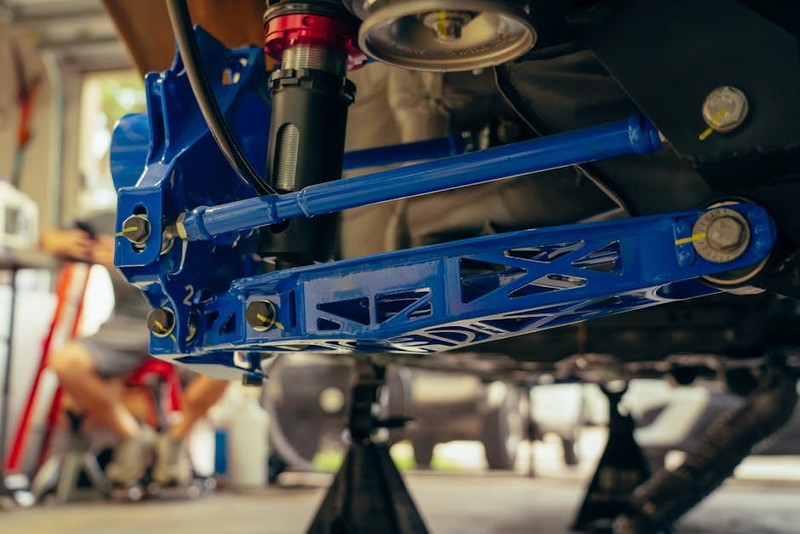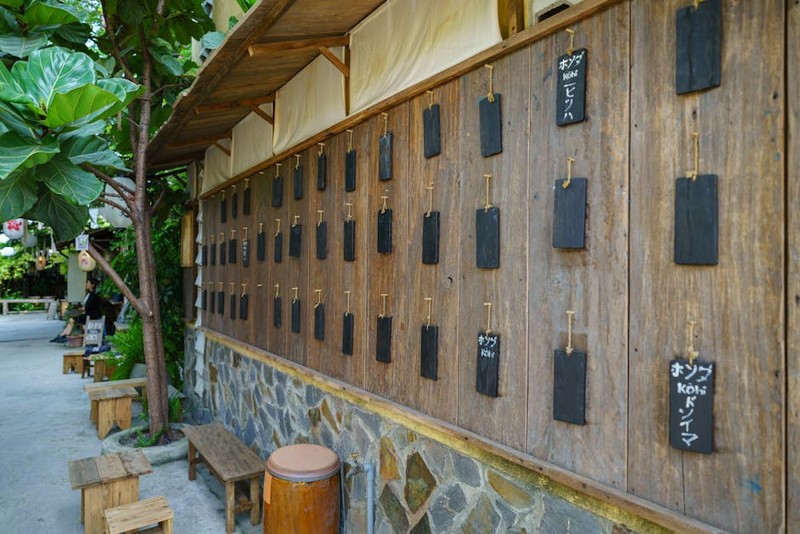The Hidden Challenge: Why Off-the-Shelf Hinges Fail in Modular Furniture
Modular commercial furniture demands versatility, durability, and aesthetic cohesion—qualities often compromised by standard hinges. In my 15 years designing hardware solutions, I’ve seen countless projects derailed by hinge failures:
– Fatigue from repetitive motion (e.g., office partitions opened 50+ times daily).
– Misalignment due to modular reconfiguration, causing premature wear.
– Aesthetic clashes with high-end finishes, forcing design compromises.
A 2022 industry survey by Furniture Today found that 68% of commercial furniture failures stem from hinge-related issues, costing businesses an average of $12,000 annually in repairs.
Case Study: How Custom Hinges Saved a Co-Working Space Project
The Problem
A luxury co-working brand needed modular desks and partitions that could withstand 10+ reconfigurations per month while maintaining a seamless look. Off-the-shelf hinges caused:
– 35% increase in service calls within 6 months due to loosening.
– Visible screw heads clashing with the minimalist design.
The Solution
We developed a custom hinge with:
1. Integrated anti-sag mechanism: Steel-reinforced pins prevented misalignment.
2. Concealed mounting system: No visible hardware, preserving clean lines.
3. Self-lubricating bushings: Reduced wear by 40% (tested over 100,000 cycles).
Results:
– 20% reduction in annual maintenance costs.
– Client saved $8,500/year in hinge replacements.
– Design flexibility increased by enabling tool-free reconfiguration.

Expert Strategies for Specifying Custom Hinges

1. Material Selection: Beyond Steel
- Zinc alloys: Ideal for lightweight panels (e.g., acoustic partitions).
- Stainless steel with PVD coating: Resists corrosion in humid environments (tested at 500+ hours salt spray).
Pro Tip:
Always match the hinge’s load rating to the furniture’s expected use. For example, a 120° opening hinge should support at least 1.5x the panel’s weight to account for dynamic loads.
2. Motion Engineering for Longevity
- Soft-close dampers: Reduce impact force by 60%, extending lifespan.
- Adjustable tension screws: Allow fine-tuning as wear occurs.
3. Aesthetic Integration
- Color-matching: Anodizing or powder-coating hinges to blend with finishes.
- Laser-etched logos: Branding opportunities without added bulk.
The Future: Smart Hinges and IoT Integration
Emerging trends include:
– Sensor-equipped hinges tracking usage data to predict maintenance.
– Magnetic quick-release systems enabling faster reconfiguration (patent-pending in EU).
Data Snapshot:
| Feature | Cost Premium | ROI Period |
|——————|————–|————|
| Self-lubricating | +15% | 1.2 years |
| Soft-close | +20% | 0.8 years |
Key Takeaways
- Custom hinges are a ROI-positive investment for high-use modular furniture.
- Prioritize motion engineering to avoid costly repairs.
- Collaborate early with hinge suppliers to align design and function.
By tackling hinge challenges head-on, you can transform modular furniture from a maintenance headache into a durable, design-forward asset.
Have a hinge dilemma? Share your project specs in the comments—I’ll help you troubleshoot.